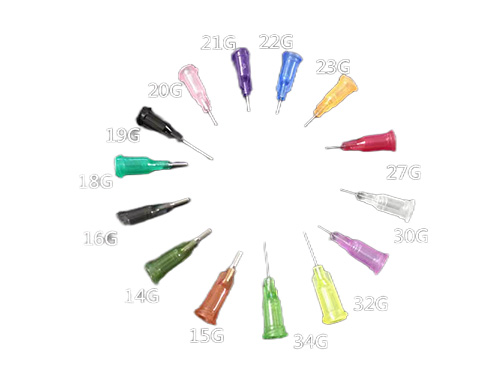Practical Tips to Reduce Seedling Cultivation Costs Starting from Seedling Trays
2025-04-23 23:28:20
I. Introduction
Seedling cultivation costs directly impact planting profits, and seedling trays, as core tools, hold hidden potential for cost reduction in their selection and usage. This article breaks down the entire process from tray selection to maintenance, helping you compress expenses with scientific methods and enhance the cost-effectiveness of seedling cultivation.
II. Basic Understanding of Seedling Trays
2.1 Definition and Function
Seedling trays are standardized containers with individual compartments that enable centralized cultivation of seeds. They offer functions such as root control, moisture retention, and disease isolation.
2.2 Material Evolution Trends
From traditional wooden trays to modern PP plastic and PS foam trays, the balance between lightweight and durability has become key to cost reduction. Reusable designs reduce long-term investments.
III. Selection Stage: Precise Balance Between Budget and Quality
3.1 Type Selection to Avoid Waste
Vegetable Seedlings: Use shallow trays for shallow-rooted leafy vegetables and deep-compartment trays for deep-rooted fruits and vegetables to avoid "overkill."
Flower Seedlings: Small-hole trays (72-128 holes) are suitable for small-flowered plants, reducing substrate and seed consumption.
3.2 Material Selection Guidelines
Low-Cost Option: PS foam trays are cost-effective and suitable for short-term, small-scale seedling cultivation.
Long-Term Investment: PP plastic trays are wear-resistant and, although more expensive per unit, can be reused over 10 times, resulting in lower average costs.
3.3 Quality Checks to Prevent Hidden Expenses
Ensure uniform distribution of drainage holes to avoid waterlogging and root rot, which can lead to replanting costs.
Press the tray body to confirm no dents; insufficient toughness can lead to breakage and increased replacement frequency.
IV. Usage Stage: Efficient Operations to Reduce Costs and Increase Efficiency
4.1 Substrate Formula Optimization
A general mix (peat moss + vermiculite + perlite) can be sourced locally, replacing expensive commercial substrates.
Adjust proportions according to plant needs to reduce unnecessary nutrient waste.
4.2 Precise Sowing Management
Control sowing depth precisely (cover large seeds with twice their diameter of soil) to avoid low germination rates and replanting.
Plant densely but reasonably (1-2 seeds per compartment) to reduce thinning losses and transplanting labor costs.
4.3 Energy-Saving Environmental Control
Use natural light instead of supplemental lighting, combined with reflective films to enhance lighting efficiency.
Cover with thermal blankets at night to reduce energy consumption of temperature control equipment, suitable for cold-tolerant plants.
V. Maintenance: Cost-Saving Logic for Extending Service Life
5.1 Cleaning, Disinfection, and Recycling
Immediately rinse off residual substrate after use and soak in diluted bleach for 30 minutes to block pathogens and extend tray life.
Classify and repair damaged trays (e.g., heat-melt hole repair) and downgrade them for non-critical seedling scenarios.
5.2 Scientific Storage Strategies
Place soft paper between stacked trays to prevent deformation and keep deep trays upright to maintain structure.
Store in a dry, light-free environment away from fertilizer corrosion to reduce replacement expenses due to aging.
VI. Problem Prevention: Avoiding High-Cost Remedies
6.1 Elongation Prevention
Increase light duration and lower night temperatures to avoid secondary cultivation costs due to elongation.
6.2 Disease Blocking
Strictly implement disinfection procedures to reduce losses from whole-batch seedling rejection due to damping-off and blight.
VII. Conclusion: Cost Control in Details, Benefits Multiplied
From selecting the right tray to recycling, every optimization in the process can translate into cost advantages. Master the techniques in this article to turn seedling trays into cost-reduction and efficiency-boosting tools, achieving higher-quality seedlings with less investment. Take action now to start your seedling cost-saving plan!

It adopts electrical integration and can be started by pressing the fully automatic button ...

The XP750 seeder has stable performance, excellent product quality, simple and convenient o...

It adopts electrical integration and can be started by pressing the fully automatic button ...

Needle list Seed nozzle model Different models Sowing types are different...



